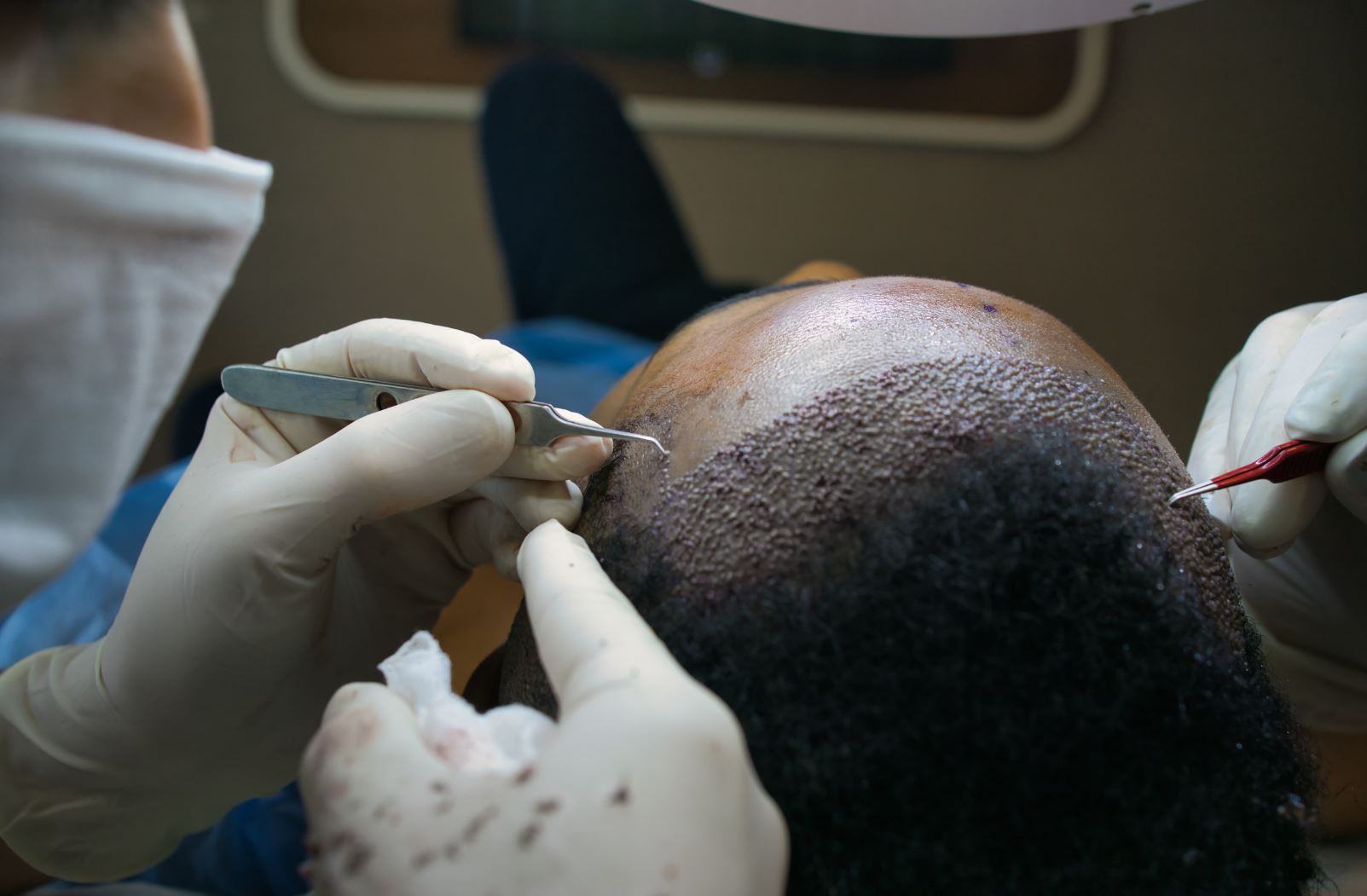Hair restoration is life-changing for many people, but it often comes with questions and concerns about scarring, especially with the FUT (Follicular Unit Transplantation) method. If you’re considering this procedure, you’re likely wondering:
- Will there be visible scars?
- How can I minimize them?
- What should I expect post-surgery?
This guide answers these questions and more, walking you through everything you need to know about FUT hair transplant scars. Let’s dive in—no fluff, just practical, relatable advice.
What Is FUT Hair Transplant?
Before tackling scars, it’s important to understand how FUT works. In this method, a thin strip of skin is removed from the back of your head, where hair growth is most stable. The surgeon then extracts individual hair follicles from the strip and implants them into thinning or balding areas. Because of this process, FUT often leaves a linear scar where the strip was taken.
Common Concerns About FUT Scars
- How noticeable are FUT scars?
The visibility of FUT scars depends on factors like:
- Skill of your surgeon: An experienced surgeon minimizes scar width.
- Your hair type and density: Thick, dark hair can help cover scars better than thin or light-colored hair.
- Your aftercare routine: Proper care significantly influences healing.
- Will the scar fade over time?
Yes! FUT scars typically fade within 12-18 months. While they may not disappear entirely, they become much less noticeable with time. - Can I still wear short hairstyles?
It depends on your scar and personal comfort level. Some individuals with well-healed scars are able to wear shorter haircuts, especially if they opt for scar camouflage treatments like SMP (Scalp Micropigmentation).
How to Minimize FUT Scars
While some scarring is inevitable with FUT, there are several ways to reduce its appearance:
1. Choose a Highly Skilled Surgeon
The right surgeon is crucial. Look for specialists with proven results, positive reviews, and a portfolio of before-and-after photos. A skilled practitioner will use advanced techniques like trichophytic closure, which allows hair to grow through the scar, making it less visible.
2. Follow Post-Surgery Instructions
Your surgeon will provide detailed aftercare steps. Be sure to follow these diligently to ensure proper healing:
- Avoid strenuous activities for the first week.
- Keep the area clean and avoid harsh shampoos.
- Stay hydrated and eat a balanced diet to support tissue repair.
3. Consider Camouflage Options
If you’re self-conscious about your scar, options like scalp micropigmentation or PRP (Platelet-Rich Plasma) therapy can help.
4. Massage the Scar
Once healed, gently massaging the scar can help break down scar tissue and improve elasticity. Always consult your surgeon before starting this.
Frequently Asked Questions
Q: Is FUT better than FUE if scarring is a concern?
Both FUT and FUE (Follicular Unit Extraction) have pros and cons. While FUE typically leaves tiny dot scars, FUT may result in a single linear scar. The best method depends on your hair goals, donor area quality, and lifestyle. Discuss this with your surgeon to determine which is for you.
Q: Are there creams or treatments to reduce FUT scars?
Yes! Scar reduction creams like silicone gels, vitamin E oil, or over-the-counter products can aid healing. Laser treatments are another effective option for minimizing scar visibility.
Q: How long does it take for an FUT scar to heal completely?
Healing occurs in stages:
- Weeks 1-2: Initial redness and swelling fade.
- Months 3-6: Scar begins to soften and lighten.
- Months 12-18: Scar reaches its final appearance.
Why FUT Is Still Worth Considering
If scarring makes you hesitate about FUT, remember this:
- Results matter more than scars. FUT often delivers a higher graft yield, making it ideal for advanced hair loss.
- Most scars are well-hidden. With proper care and professional expertise, FUT scars can be nearly invisible.
Ultimately, the decision is personal. Weigh out the benefits of FUT against your concerns, and consult with a trusted surgeon to make an informed choice.
Final Tips for FUT Candidates
- Do your research. Read reviews, ask questions, and compare clinics.
- Set realistic expectations. Understand that no procedure is scar-free, but modern techniques can make scars discreet.
- Invest in aftercare. Healing well is as important as the surgery itself.
Have you undergone FUT? Are you considering it? Share your thoughts and questions in the comments below. Your input might help someone else navigate their hair restoration journey. And if you found this guide helpful, share it with friends or on social media—knowledge is better when shared!




